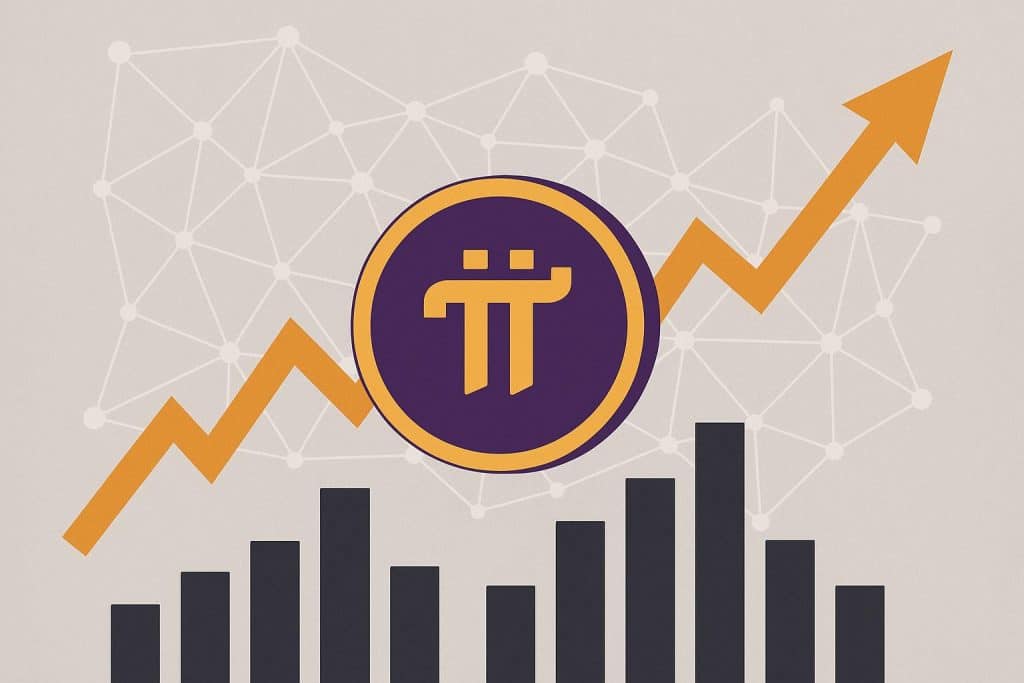Since its launch in 2019, Pi Network has attracted millions of users worldwide. The project promised to let anyone mine cryptocurrency directly from a smartphone — with no expensive rigs or advanced technical skills required.
The app has faced delays, weak token performance and a lot of skepticism. Yet its community stays large. Why? The core idea — “you can mine with your phone” — seems inclusive, perhaps too good to ignore.
Gamified features encourage people to stay engaged. Referral bonuses, security circles, and daily push notifications have turned mining into a social game. These tricks helped the network surpass 60 million users, despite the entire system being in its beta phase.
A Flawed Model and Structural Weaknesses
Beneath the surface, experts highlight fundamental concerns, including centralisation, a lack of clear information, and excessive control by the project’s founders. Unlike Bitcoin or Ethereum, Pi Network is not decentralized yet.
The required KYC process also raises privacy concerns, and both the project’s launch timeline and total supply remain unclear. Even after the Mainnet rolled out in 2024, Pi’s price tumbled, going from about $3 to below $0.40 — a nearly 90% drop at the time, where the price of Bitcoin was above $90,000.
During this period, broader market sentiment was mixed: crypto heatmap frequently showed strong green for major assets like BTC and ETH while Pi remained weak, highlighting how Pi’s struggles weren’t purely market-driven but tied to the project’s own internal uncertainties.
Why People Still Believe
Despite all these issues, Pi Network continues to spark conversation. A major reason could be the community — users invest time, engage friends, and build groups around the token.
Another point is the project’s narrative: a crypto “for the people,” designed to be easy and accessible. That promise of financial empowerment resonates strongly in many regions. The third factor comes from media hype.
Every new stage, hackathon, or PiFest event sparks excitement. Even the criticism sustains public interest, so it never fully fades.
Pi Network’s future may rest on converting its vast user base into a functional economy. Yet the coin remains difficult to trade, as it barely appears in everyday transactions. And that could keep its price unstable.
The challenge appears twofold: first, to earn the trust of both technical and financial stakeholders; second, to maintain community engagement. Without transparent tokenomics, greater decentralization, and apps people will actually use, Pi risks becoming a cautionary tale — an ambitious idea that never took off.
Pi Network reflects the odd mix that crypto projects often have — massive hype, easy access, lots of hope, yet hidden operational problems. If it manages to deliver true decentralization, transparency, and useful tools, it could stand a chance in this highly competitive crypto landscape.
But if these promises fall short, it risks fading into a digital mirage sustained only by community belief and an unjustified hope.
